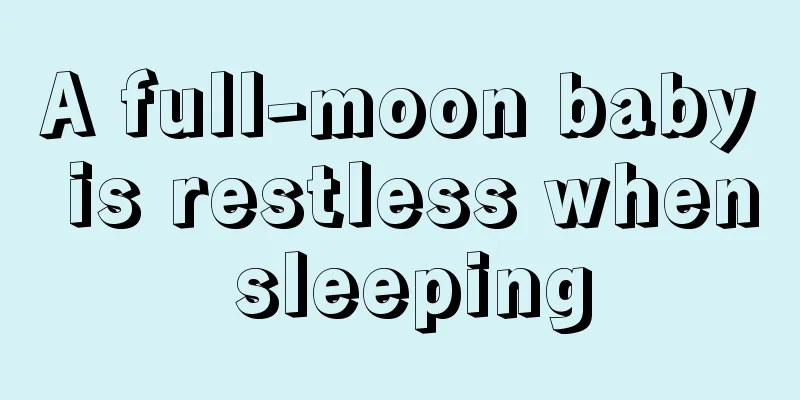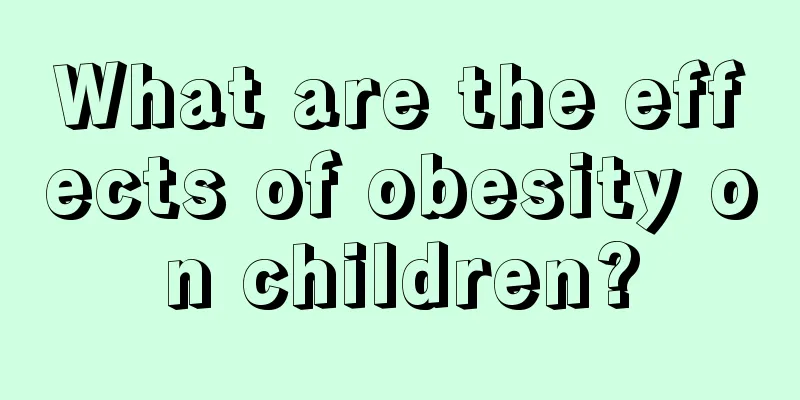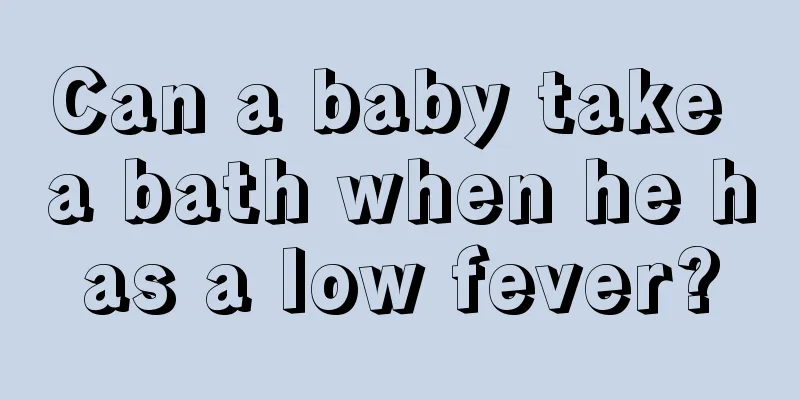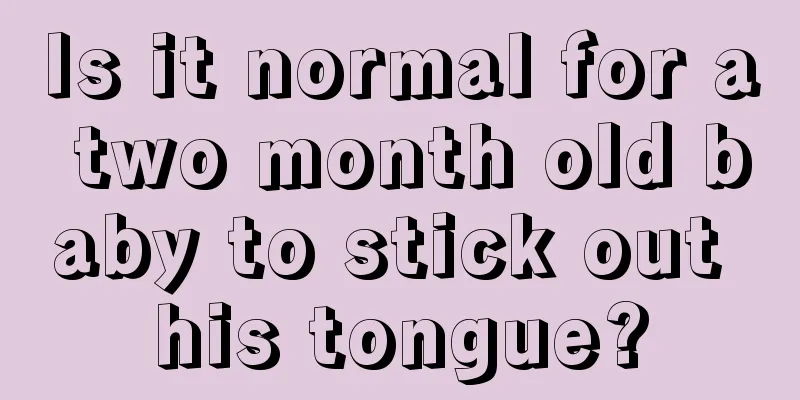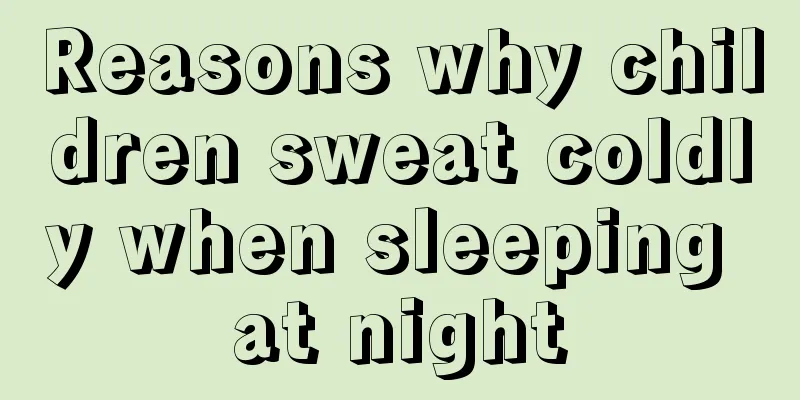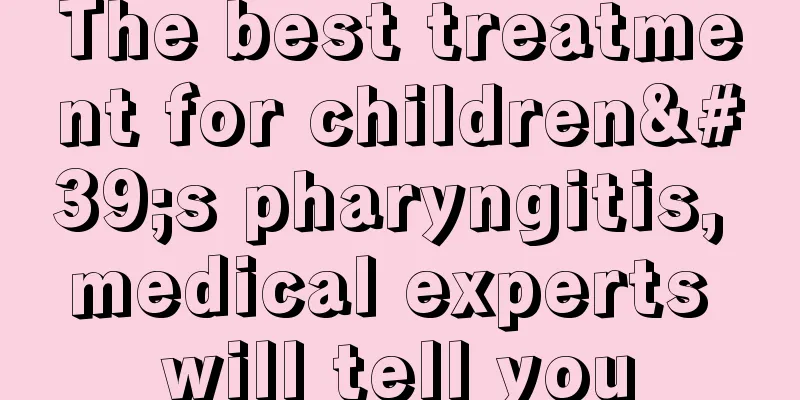What to do if a child has blisters caused by burns?
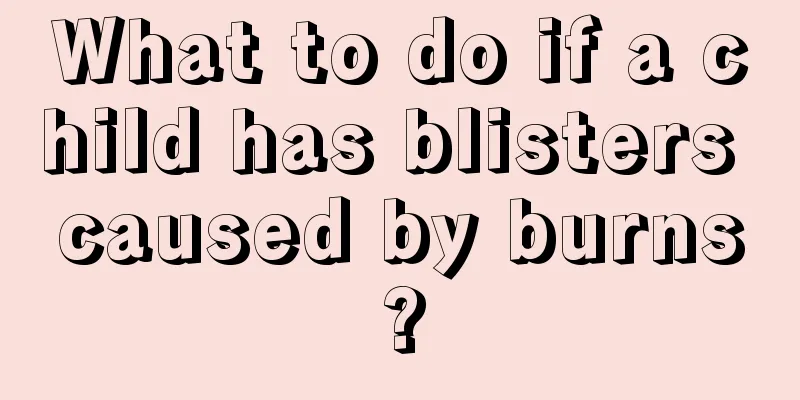
|
Burns are a common phenomenon in life. Generally speaking, burns happen to many children. Blisters will appear on the skin after the burn. After the skin heals, a layer of dry black scars will appear, which is ugly and cannot be removed, and it looks particularly awkward. Today, let me introduce to you what to do if a child is burned and blistered in life! First aid treatment for burns: 1. First remove the heat source and immediately immerse the burned area in clean cold water by soaking or showering. The sooner you soak in cold water after a scald, the better the effect; the lower the water temperature, the better the effect, but it cannot be lower than -6℃. If it is through clothing, it is best to cut it open quickly with scissors. Soaking in cold water should generally last more than half an hour. This can reduce pain or burns by dissipating heat in time. Note: After the burned hand has cooled down, if there is any attachment, you should cut it with scissors and remove it slowly. Do not remove it directly to avoid removing the skin from the burned area. 2. The burn is not serious (referring to first-degree burns where the skin is red but no blisters occur) For those whose burns are not serious, they can usually be treated at home. Rinse and clean the wound with cold boiled water (or light salt water). For wounds on the limbs and trunk, apply comfrey oil or burn ointment and wrap them with gauze. 3. If blisters or even black dry scars appear on the wound Deal with blisters correctly. If there are blisters on the burn site, whether to break them or not depends on the specific situation. Generally, do not break them to avoid leaving scars. However, sometimes large blisters or blisters located at joints that are more easily broken need to be broken with a sterilized needle. If the blisters have already broken, use a sterilized cotton swab to wipe off the liquid around the blisters. If blisters or even black dry scars appear on the wound, it means the burn is quite serious. At this time, do not break the blisters or dry scars. Go to the hospital for treatment as soon as possible. The hospital will perform professional bandaging and inject antibiotics or tetanus antitoxin to prevent infection. What should we do if children are burned and blistered? First of all, parents should take first aid measures and provide first aid treatment. For blisters on the skin, they must guide the children correctly and clean the wound to prevent bacteria from entering the wound and causing infection. |
<<: How to correct a child's hunchback?
>>: How to correct a child's hunchback?
Recommend
Can babies eat shrimp when they have a fever?
A baby's fever is a symptom that worries pare...
What to do and what to pay attention to when checking your baby's heart
The physical health of many newborn babies is not...
Types and treatment of mesenteric lymphadenopathy in children
What should we do if children have enlarged mesen...
What are the symptoms of autism in children
If autistic children are not discovered and treat...
What should I do if my two-year-old child is constipated?
Constipation is a very common condition in life, ...
2 year old boy can't speak
Generally speaking, babies of two years old have ...
Is it necessary for babies to have a cardiac ultrasound?
When babies are young, they are very likely to su...
At what age do children start to change their teeth?
After the baby is born, teeth will slowly grow. T...
Why do children have nosebleeds when they sleep at night and what should be done?
Children's health is believed to be an issue ...
What is the importance of early childhood family education?
Although many families are now planning to have a...
The consequences of altitude sickness in a 2-year-old baby
For people who have lived in plateau areas for a ...
Six-month-old baby has fever and cold hands and feet
Since babies' immune systems are not fully de...
What are the symptoms of a baby choking?
When babies first learn to eat, they like to eat ...
At what age do children usually start to speak? At what age is it normal for children to speak?
From the moment they are born, children develop a...
What are the prevention methods for precocious puberty in children?
In recent years, more and more parents have been ...
